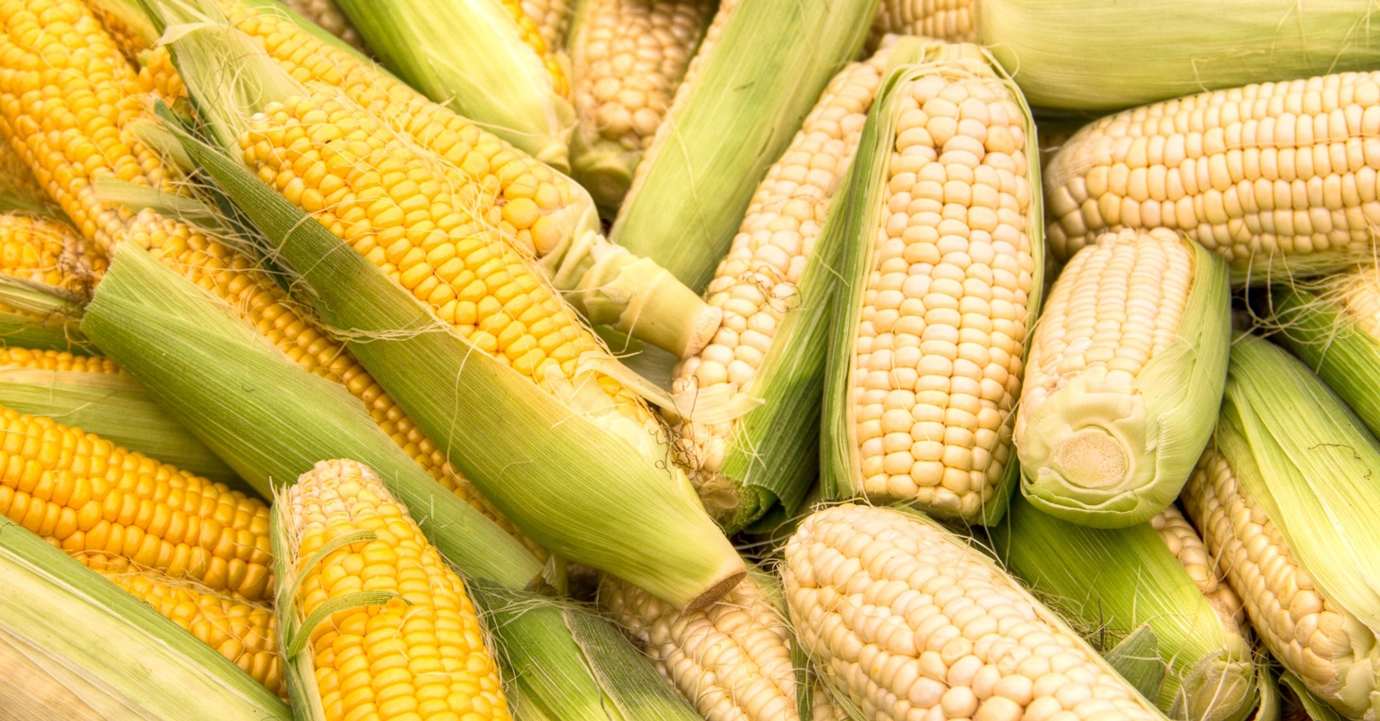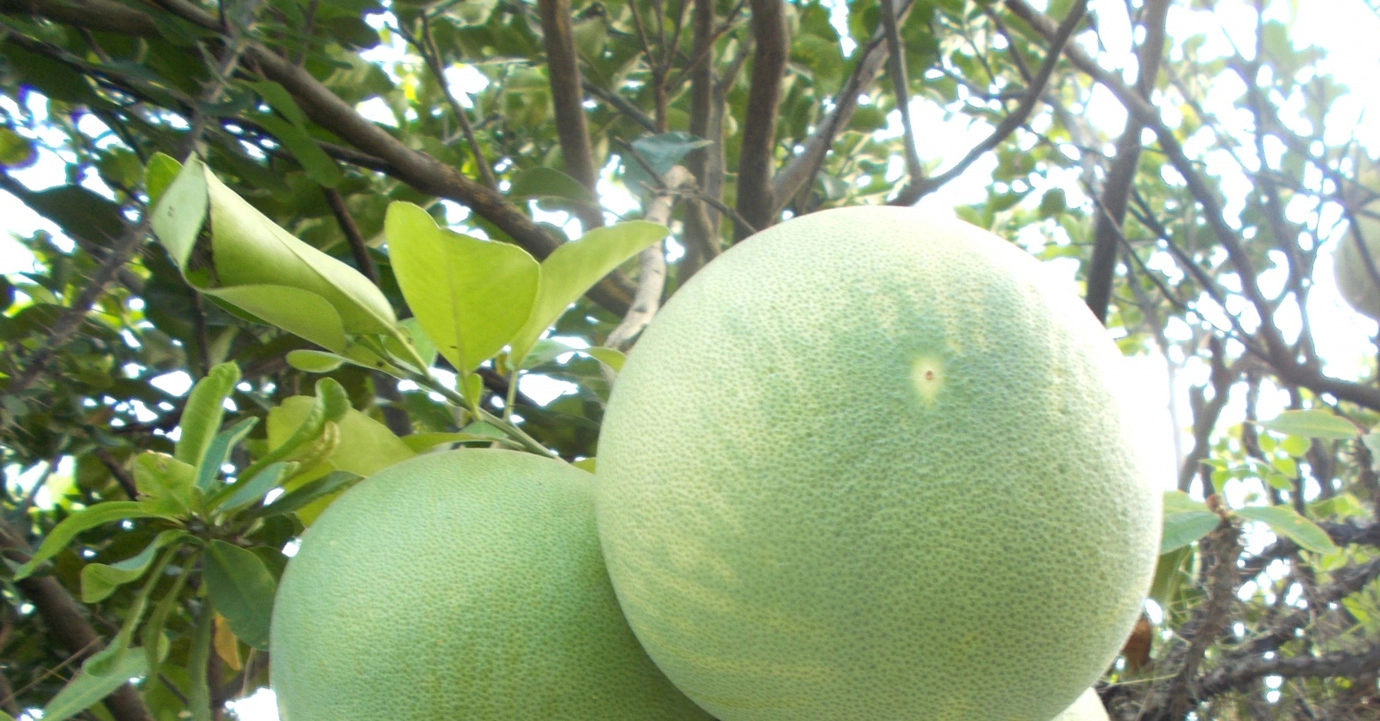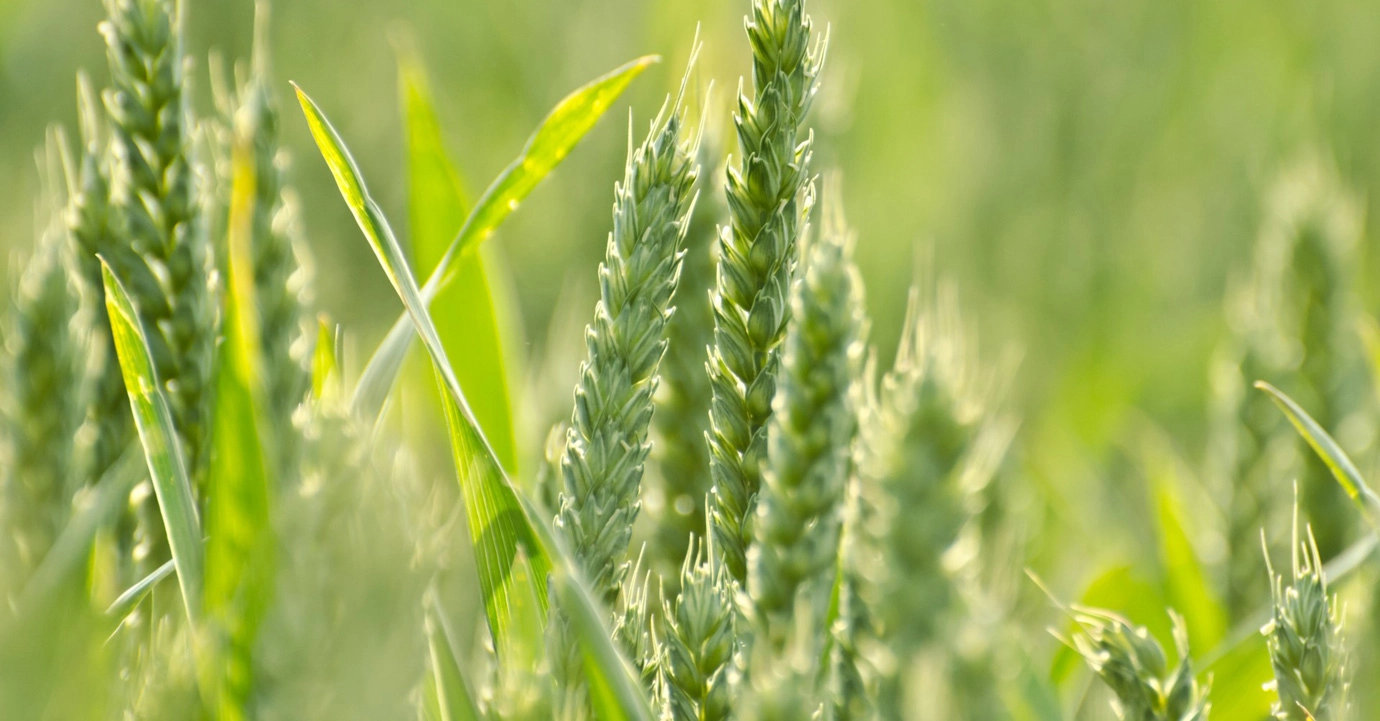Guiding Case No. 100:
Shandong Denghai Pioneer Seeds Company Limited v.
Shaanxi Nongfeng Seed Industry Co., Ltd. and Shanxi Dafeng Seed Industry Co., Ltd.,
A Dispute over Infringement of Rights to a New Plant Variety†
Table of Contents
- Digest
- Keywords
- Main Points of the Adjudication
- Related Legal Rule(s)
- Basic Facts of the Case
- Results of the Adjudication
- Reasons for the Adjudication
- Appendix 1
- Appendix 2
- Appendix 3
- Appendix 4
Number of Words (bilingual version)
- Approximately 13000
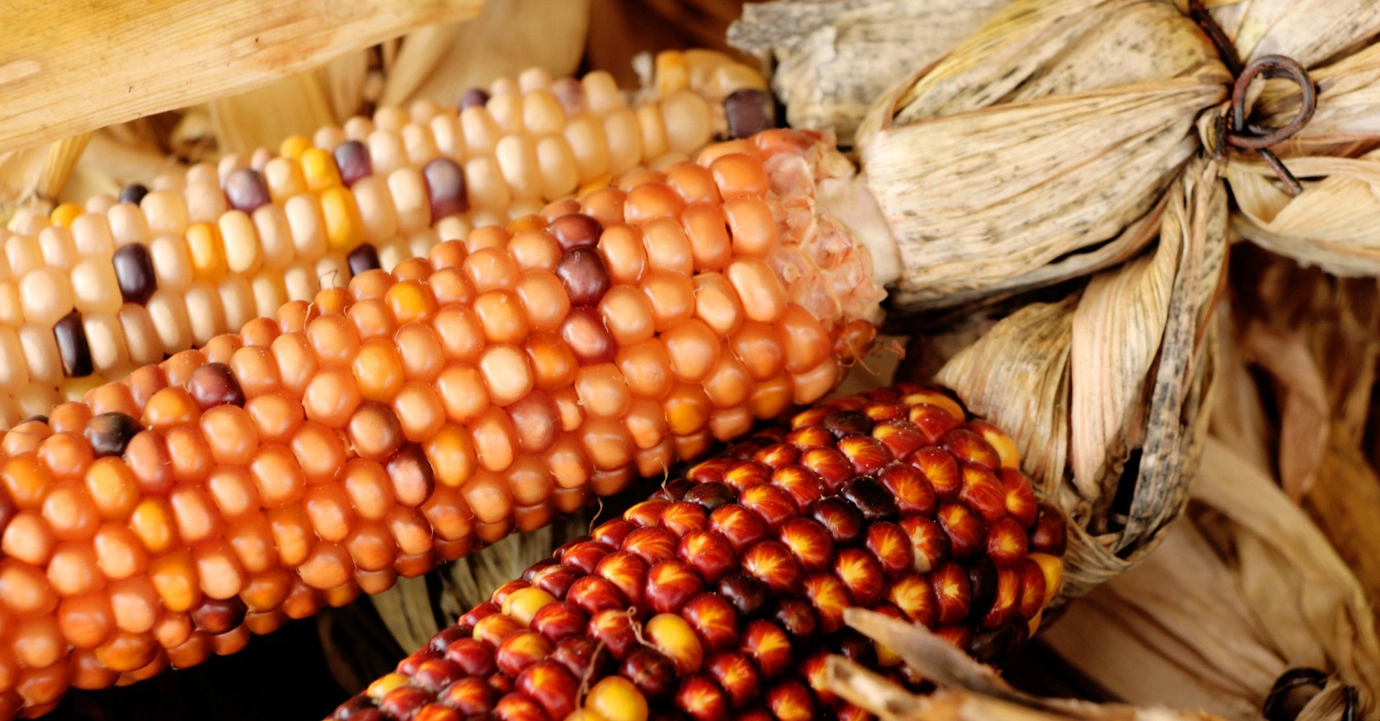
Digest
In November 2017, approximately a year before the release of Guiding Case No. 100, the Supreme People’s Court of China released Guiding Case No. 92 to clearly establish the following principle: in a case involving infringement of rights to a new plant variety, when the related DNA fingerprinting test result is below 2 (meaning the two plants in the test are of the same or similar variety), the allegedly infringing party, i.e., the defendant, has the burden to prove that the allegedly infringing plant is different from the plant for which variety rights have been granted.
What can the defendant do to meet this burden of proof? Guiding Case No. 100, which was released in December 2018, provides an example: submission of a DUS (Distinctness, Uniformity, and Stability) test report proving that, through field planting, the allegedly infringing plant has distinctness, compared with the plant for which variety rights have been granted.
Keywords
Civil
Infringement of Rights to a New Plant Variety
Feature and Characteristic
DNA Fingerprinting Appraisal
DUS Test Report
Distinctness
Main Points of the Adjudication
The prerequisite for determining the existence of an infringement of rights to a new plant variety is a determination that the features and characteristics of an allegedly infringing [variety’s] propagation material are the same as those of the [aforementioned new] variety for which rights have been granted.
[…]
Related Legal Rule(s)
Article 2 and Article 6 of the Regulation of the People’s Republic of China on the Protection of New Plant Varieties
Basic Facts of the Case
[…]
Results of the Adjudication
[…]
Reasons for the Adjudication
[…]
“In the examination and approval of major crop varieties, China requires that a variety of which examination and approval is applied for must be clearly different from other varieties that have been examined and approved and […].”
[…]
“When an authority responsible for approving the rights to a new plant variety conducts a substantive examination of the distinctness, uniformity, and stability of the applied-for variety, the basis that the authority uses is a DUS test conducted through field planting.”
[…]
Appendix 1
Regulation of the People’s Republic of China on the Protection of New Plant Varieties
[…]
Appendix 2
Measures for the Examination and Approval of Major Crop Varieties
[…]
Appendix 3
Guidelines for the Conduct of Tests for Distinctness, Uniformity, and Stability—Maize (NY/T 2232-2012)
[…]
Appendix 4
Several Provisions of the Supreme People’s Court on Issues Concerning the Specific Application of Laws in Handling Disputes over Infringement of Rights to New Plant Varieties
[…]
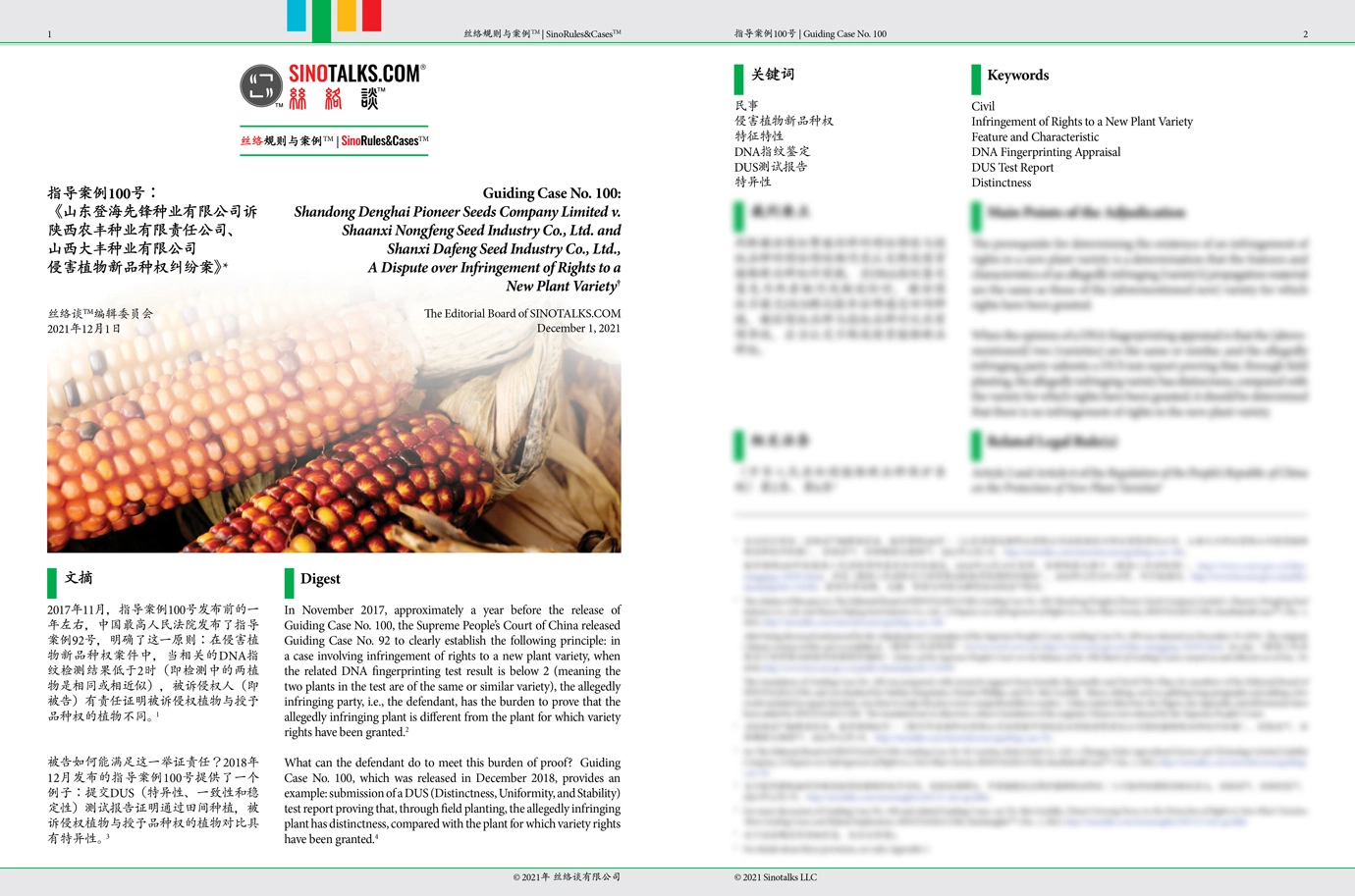
† The citation of this piece is: The Editorial Board of SINOTALKS.COM, Guiding Case No. 100: Shandong Denghai Pioneer Seeds Company Limited v. Shaanxi Nongfeng Seed Industry Co., Ltd. and Shanxi Dafeng Seed Industry Co., Ltd., A Dispute over Infringement of Rights to a New Plant Variety, SINOTALKS.COM, SinoInsights™, Dec. 1, 2021, https://sinotalks.com/sinoinsights/guiding-case-100. After being discussed and passed by the Adjudication Committee of the Supreme People’s Court, Guiding Case No. 100 was released on December 19, 2018.
This translation of Guiding Case No. 100 was prepared, with research support from Jennifer Baccanello and David Wei Zhao, by members of the Editorial Board of SINOTALKS.COM, and was finalized by Nathan Harpainter, Dimitri Phillips, and Dr. Mei Gechlik. Minor editing, such as splitting long paragraphs and adding a few words included in square brackets, was done to make the piece more comprehensible to readers. Unless stated otherwise, the Digest, any Appendix, and all footnotes have been added by SINOTALKS.COM. The translated text is otherwise a direct translation of the original, Chinese text released by the Supreme People’s Court.




